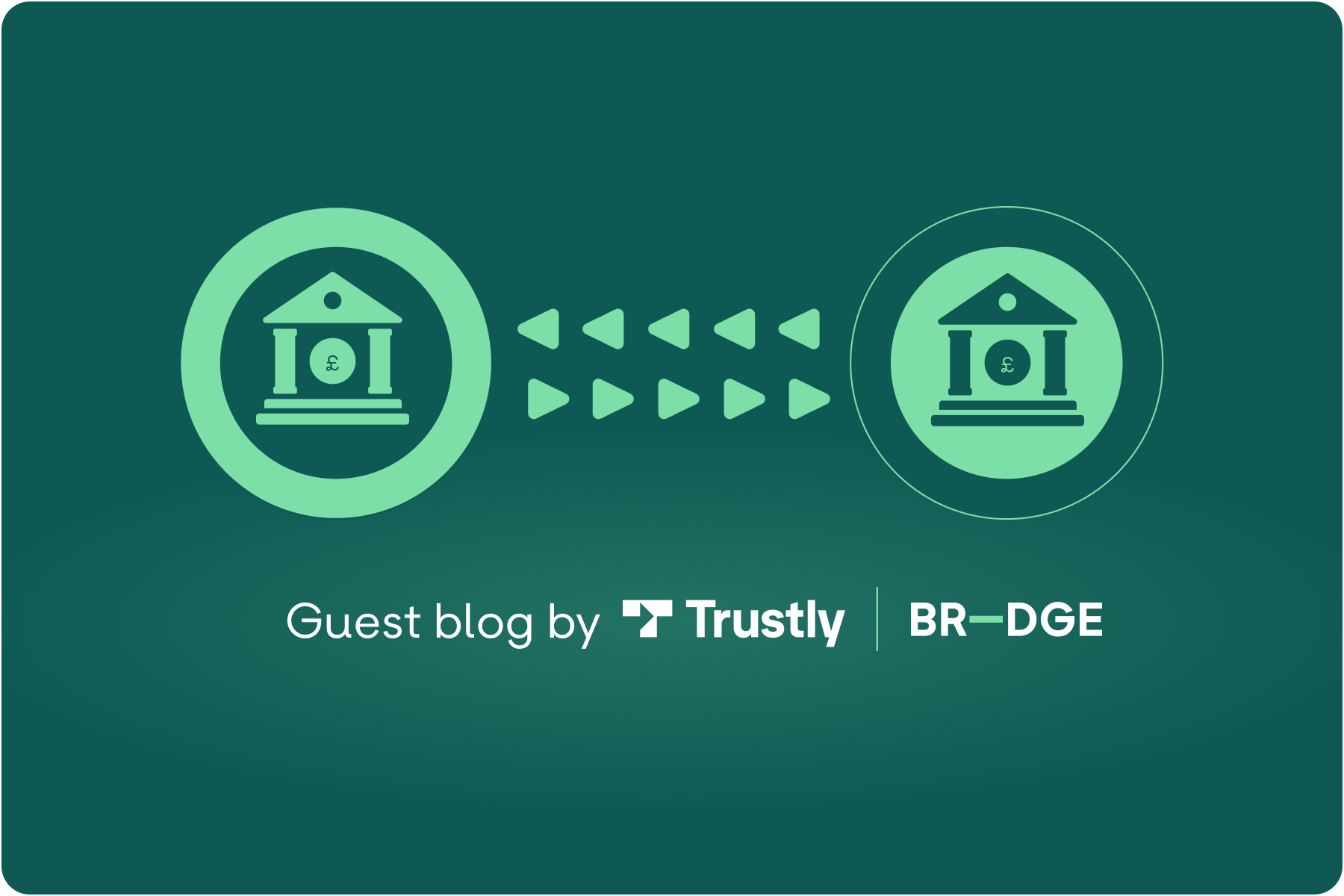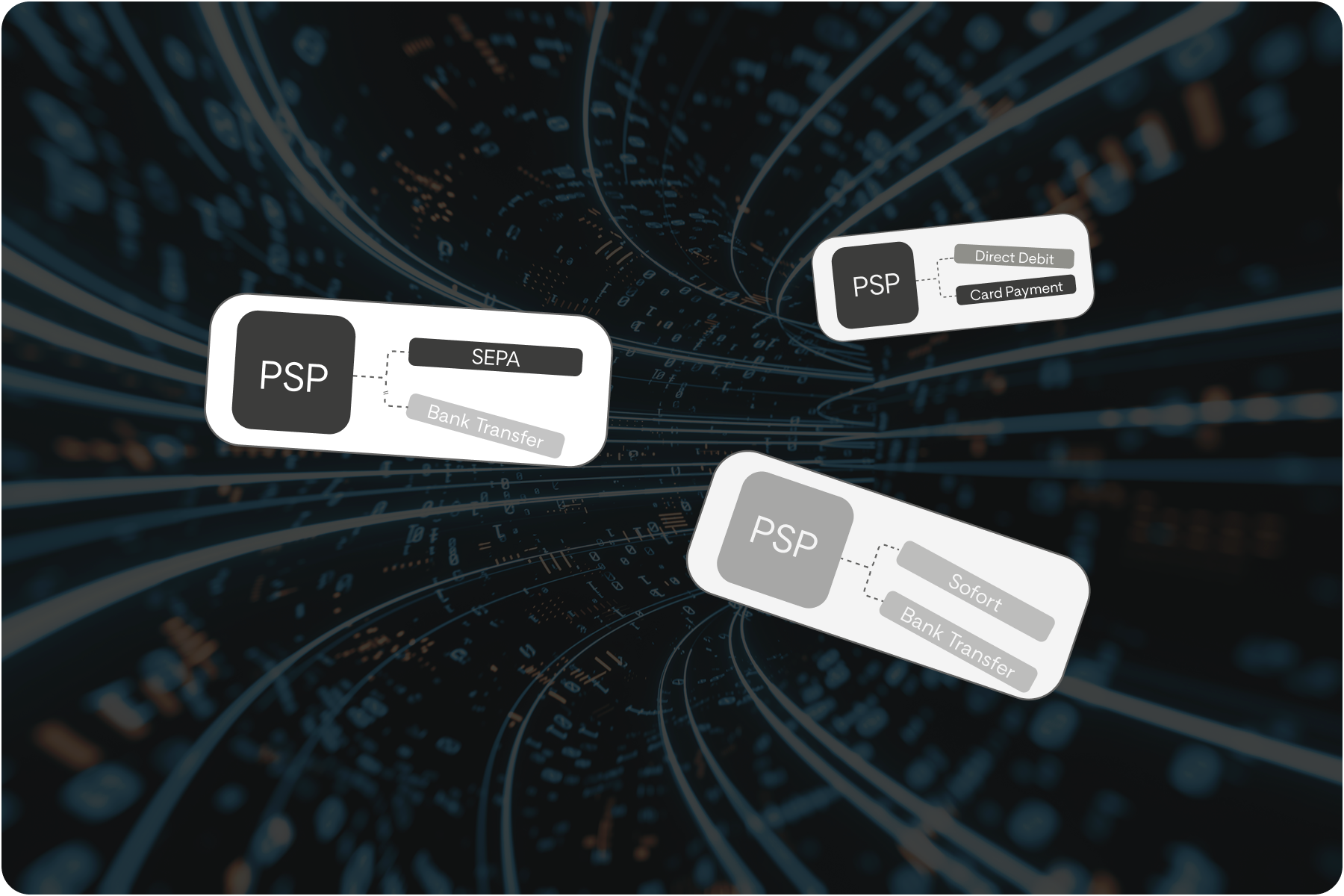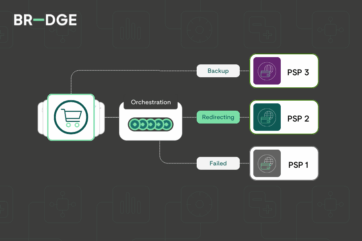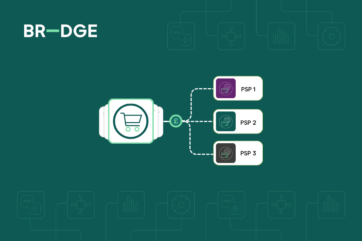
Orchestration: The Heart of a Thriving Payments Ecosystem
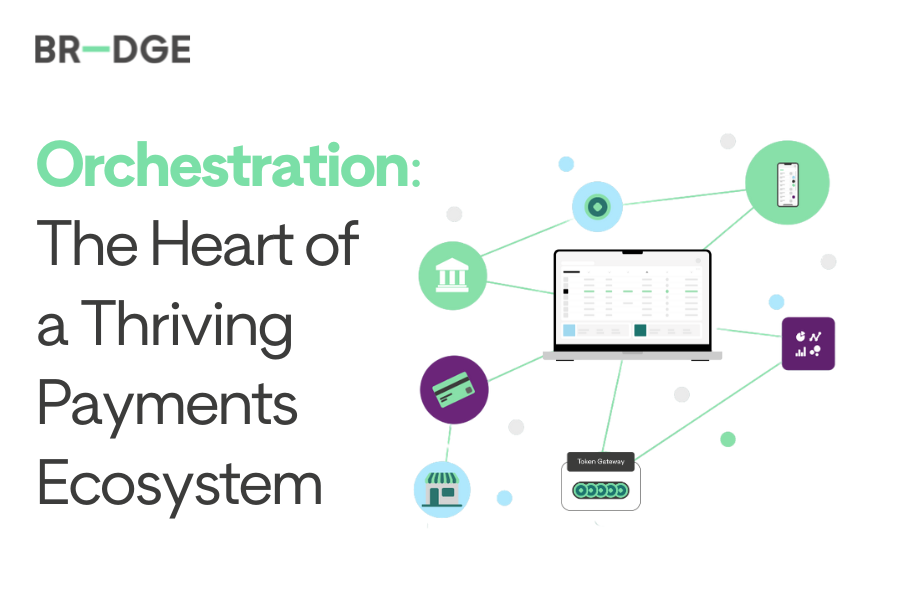
Our recent blogs have focused on how payments orchestration is a cure for legacy tech disease and its benefits for merchants and acquirers. Now we ask how orchestration could revolutionise the entire payments ecosystem.
The digital revolution we’re living through is every bit as significant as the industrial revolution 200 years ago – and rapid changes in the payments ecosystem reflect this new world. Cash use has dropped by almost a quarter since the pandemic, while digital commerce in all channels continues to grow at more than 12% annually as consumers opt to pay for more of their needs online.
These factors are intensifying pressure on merchants and acquirers to deliver smoother, faster and safer connected payment experiences – not to mention better profitability and enhanced shareholder value. In “How to keep your customer in a multi-acquirer world”, we explain how payments orchestration delivers ecosystem-wide benefits while making the entire payments value chain more secure, effective and cost-efficient – and how it has the potential to change the ecosystem for good.
Changing preferences, shifting platforms
As more people go online, there’s a greater diversity of payment methods being used than ever before. There are more than 200 different local payment methods (LPMs), for instance, each more likely to be used by consumers in certain markets than international payment brands like Visa, Mastercard or Unionpay. To cite just one example, Belgium’s Bancontact is used for around 75% of all online shopping in that country. Alongside these LPMs, completely new payment forms such as Account-to-Account payments (A2A), Buy Now, Pay Later (BNPL) and instant payments have also emerged to displace cash, with just one of these methods – instant payments – projected to account for one in three of all payments globally by 2030.
These shifts in consumer behaviour necessitate changes in payment platforms and the integration of new payment methods – and these integrations are becoming more expensive, with research from The Clearing House in the US finding that the cost of integrating instant payments has stopped some smaller banks from offering this service. Furthermore, those integration costs don’t include cover expenses relating to protection against new and more sophisticated fraud types such as synthetic ID, Account Takeover and Authorized Push Payment (APP) fraud, all projected to cost the industry billions in losses over the next few years.
Orchestration: payments redefined
In our latest white paper, we argue that too many merchants and their acquirers have been caught in a spiral of trying to keep up with change on a piecemeal basis, with merchants switching acquirers frequently to find new services and lower costs. Aside from the integration challenges, inconvenience and expense of constant switching, this has created a “race to the bottom” in which acquirers focus on specific basics, rather than suites of value-added services.
By contrast, orchestration creates the opportunity to completely redefine payments for the digital era, offering merchants the opportunity to create payment experiences that meet consumer expectations while streamlining costs, making the introduction of new technologies easier, and simplifying processes in the background. For acquirers, orchestration delivers these same benefits to their merchants and the merchant’s end customers, while giving them ultimate flexibility in everything from transaction routing to accessing the widest-possible range of payment methods, up-to-the-minute regulatory compliance, and more.
For both merchants and acquirers, orchestration introduces optimal solutions while making it easier for all parties to keep pace with technological and regulatory changes. At the same time, orchestration enables improved flows and data quality – which means better fraud management, higher transaction authorisation rates, fewer escalated authentications and a better user experience. Using this rich data, merchants and acquirers can analyse customer spending patterns and develop new products. As Charlotte Al Usta, Principal at Flagship Consulting, puts it: “Everything is connected via the payments orchestrator in one platform. This gives all parties a really good overview in terms of transaction flows, with volume being reallocated as required.”
Download our new white paper now to find out how orchestration is redefining payments for the digital era:
Related content

